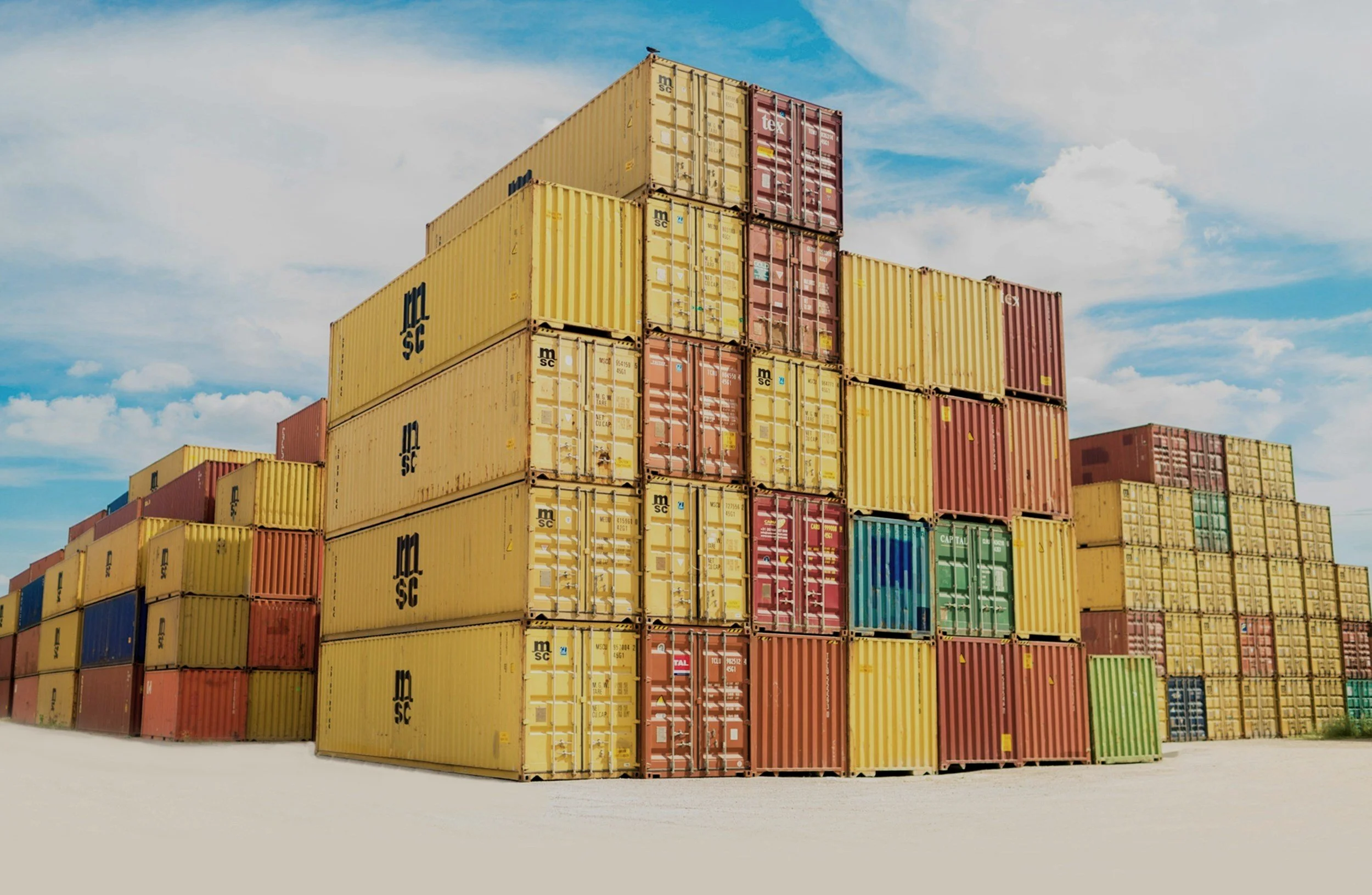Tariffs, risk, and readiness, why inventory is now a financial asset
The new standard is forward-looking: What happens if tariffs shift next month?
For years, businesses treated tariffs as externalities, policy changes to monitor but not integrate into core operating models. That’s no longer viable.
Today’s wave of new tariffs is different, not just in scope, but in speed.
And in this climate, inventory is emerging not just as a supply chain lever, but as a real-time financial signal.
In volatile trade environments, inventory becomes more than a cost.
It becomes a hedge. And managing it well becomes a question of financial strategy, not just logistics.
The new tariff reality
Recent policy moves have targeted key manufacturing inputs across regions, especially in sectors tied to energy, electronics, and industrial machinery. The reaction window is shrinking. Tariffs are being announced, amended, and enforced faster than many companies can adjust their models.
This puts enormous strain on traditional inventory strategies. Just-in-time models, once celebrated for efficiency, now leave businesses exposed. Sourcing from a single region, especially one suddenly subject to double-digit tariffs, can turn a profitable margin into a liability overnight.
From a financial lens, what used to be inventory planning is now exposure management.
Inventory as a financial buffer
When tariff volatility rises, the ability to position inventory strategically becomes critical. Companies that can rebalance stock regionally, delay purchasing until more favorable terms emerge, or front-load inventory in low-risk geographies gain a clear advantage. This is not a supply chain issue. It’s a working capital decision. It touches cash flow timing, cost of goods sold, and ultimately, pricing power.
The ability to simulate the financial impact of a tariff change on landed cost, service level, or margin is no longer a luxury. It’s a core requirement. That’s why modern inventory systems must go beyond tracking stock. They must integrate demand planning, supplier exposure, lead time sensitivity, and tariff modeling into a single decision environment.
From reporting to readiness
Many financial executives still rely on lagging indicators: last quarter’s inventory turns, last year’s freight exposure, historical tariff scenarios. In today’s environment, those metrics are too slow. The new standard is forward-looking: What happens if tariffs shift next month? Which SKUs are most exposed? What’s the cash flow impact of rerouting inventory through a different region?
The right platform can answer those questions in real time, giving finance, supply chain, and commercial leaders the insight they need to act, not just explain. That’s where resilience comes from, not just in weathering disruption, but in anticipating it.
What does this mean for financial leaders
The idea that inventory sits outside of financial strategy is outdated. Tariff regimes, supplier concentration, and logistics volatility all affect liquidity, exposure, and performance. Inventory sits at the center of that equation. Finance leaders should not just be reviewing the numbers; they should be shaping the strategy. By embedding inventory data into financial models, building cross-functional response teams, and investing in technology that brings visibility to supply-side risks, businesses can shift from reactive to prepared. Because the next policy move is coming. The question is: Will your business be able to shift with it?

